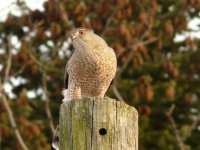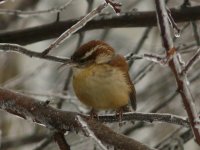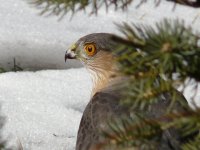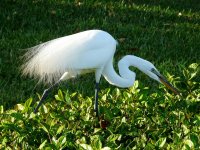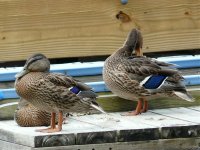or the Canon Powershot SX10 IS or a Fujifilm Finepix A100fs :-C
As you can see I have made my mind up to get a Superzoom camera for mainly birding photos and also other bits of nature. I did consider going down the DSLR route but I like the ease of use of the Superzooms.
I am still not sure which one to get...hence the thread title but I have a couple of questions. I understand that the FZ28 is replacing the FZ18 and yet it is much cheaper, how does that work? Is it a better camera?
Also the TCON 1.7 lens, does this increase the overall zoom capability of the camera by 1.7x giving the FZ18/28 a 30.6x zoom?
Can you get a similar lens as an add on for the Canon range?
As you can see I have made my mind up to get a Superzoom camera for mainly birding photos and also other bits of nature. I did consider going down the DSLR route but I like the ease of use of the Superzooms.
I am still not sure which one to get...hence the thread title but I have a couple of questions. I understand that the FZ28 is replacing the FZ18 and yet it is much cheaper, how does that work? Is it a better camera?
Also the TCON 1.7 lens, does this increase the overall zoom capability of the camera by 1.7x giving the FZ18/28 a 30.6x zoom?
Can you get a similar lens as an add on for the Canon range?





